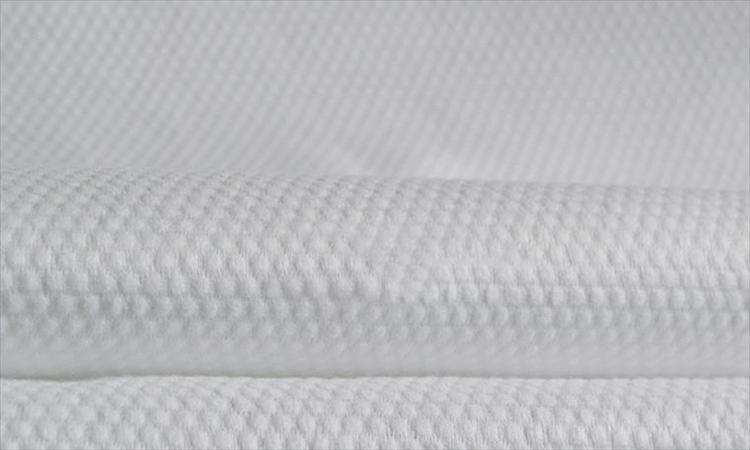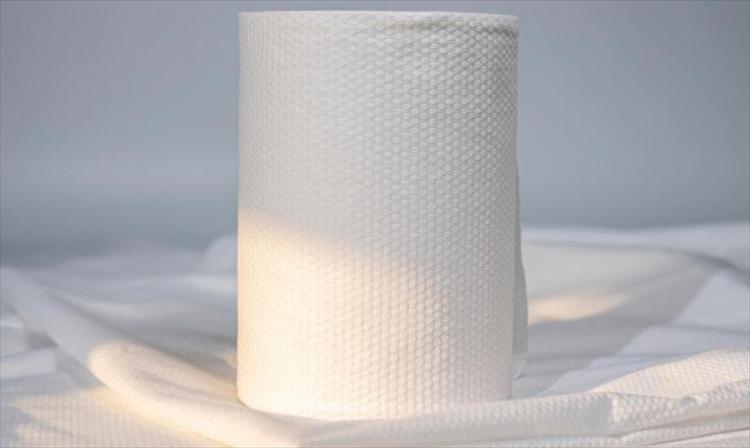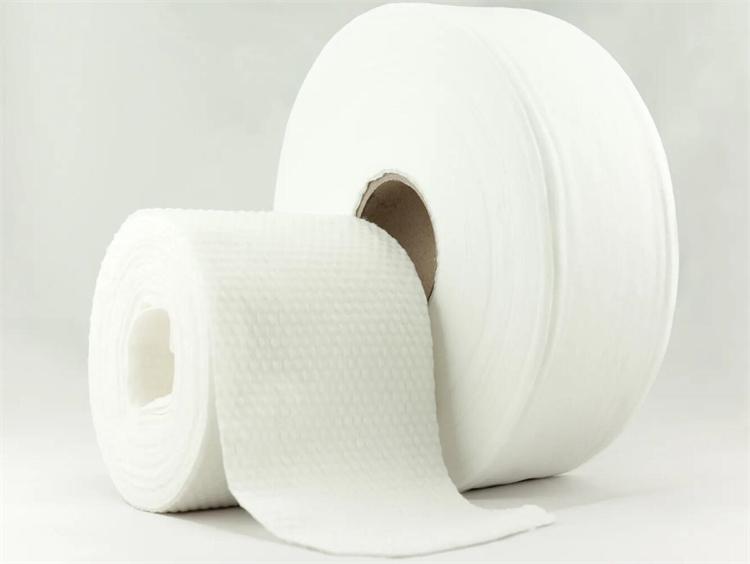Author:Baby & Adult Diaper Materials FROM:Diaper Materials Manufacturer TIME:2023-02-16
The energy consumption in industrial production is increasing day by day, and the energy consumption of the non woven fabric industry accounts for a considerable proportion of the energy consumption of the entire industrial production. Therefore, energy conservation in this industry has become a research hotspot in the field of energy and environmental protection. This paper briefly introduces the production process of Spunlace non woven fabric and analyzes the energy saving potential of the Spunlace non woven fabric process.

The production of Spunlace non woven fabric is not complicated. First, single or different fiber raw materials are mixed in different proportions as required, and then combed into a web by a carding machine with high speed, strong processing capacity and good carding effect. Then, it is directly sent to the core part of the spunlace method through the conveying device - the cylindrical spunlace drum. After being spunlaced on both sides of the high-pressure water needle, the fiber webs are entangled with each other, and then sent to the drum-type hot air drying treatment system. In a short period of time, the fiber web with moisture is quickly dried and shaped by hot air, and then the product is divided and wound, and the final product is formed after packaging.
In the process, the fiber web contains some water, so it should be dried. The drying system has the largest energy consumption in the whole production line. If the design is reasonable, the efficiency will be high and the energy consumption will be reduced accordingly. The drying body is designed as a drum type, which not only reduces the floor space but also greatly reduces the moving parts of the mechanical part compared with the flat design, which makes the equipment easy to maintain and improves the drying efficiency. At the same time, the honeycomb drum is applied to the drying drum part, and the special gap of the honeycomb design is used to make the fiber web evenly cover the surface of the drum. The drum is designed in a honeycomb shape, which provides a uniform and smooth air flow to completely dry the web in a very short time.

The energy-saving potential of the Spunlace non woven fabric production process mainly lies in the exploration and utilization of secondary energy. After analysis, the above-mentioned processes have the following energy-saving potentials:
(1) Flue gas waste heat: In the drying process, the high-temperature flue gas generated by the combustion of natural gas in the heat-conducting oil boiler is 170°C, and is directly discharged into the air. The standard value of the heat loss of exhaust gas is 11%-12% when the exhaust gas temperature is 200℃, and the heat loss of exhaust gas is one of the main heat losses of the boiler. The waste heat recovery of flue gas is mainly to convert the heat carried by the flue gas into the heat required for drying through the heat exchanger, so as to tap the energy saving potential and utilize the waste heat of the flue gas.
(2) Steam waste heat: In the drying process, the air passes through the heat exchanger to raise the temperature, dries the moisture on the product, generates a large amount of wet steam, and recovers the waste heat of the wet steam.
(3) Fresh air preheating: In the drying process, the fresh air of the hot air comes from the outdoor compensation, and the waste heat is recovered to preheat the fresh air to achieve the effect of energy saving.
(4) Water preheating: Before the drying process, the fabric is washed and arranged, and the waste heat is recovered to preheat the water.

With people's awareness of the energy crisis, saving energy is no longer a slogan, but an action force. By analyzing the energy saving potential of the Spunlace non woven fabric production process, it is beneficial to better realize the energy saving and consumption reduction of Spunlace non woven fabric.

 Email: info@whldiapernonwoven.com
Email: info@whldiapernonwoven.com
 MP/WhatsApp: +86-13599937366
MP/WhatsApp: +86-13599937366
 Manufacturer Address:Room 1105B, Bld M1, Manhattan, Yulongwan, Shimao, Shuanglong Road, Meiling Street, Jinjiang, Fujian, China
Manufacturer Address:Room 1105B, Bld M1, Manhattan, Yulongwan, Shimao, Shuanglong Road, Meiling Street, Jinjiang, Fujian, China